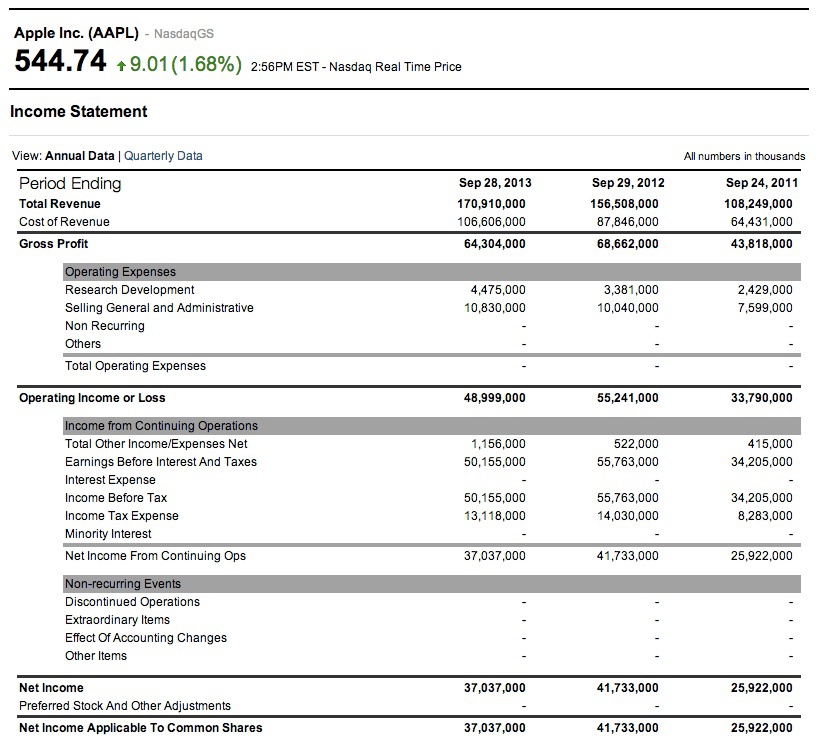BY IVAN POPOV • APR 17, 2023
Running a business sometimes has an unpredictable effect on our lives — but the more we are aware of all the possible takeaways, the easier it would be to overcome each obstacle along the way.
Opinions expressed by Entrepreneur contributors are their own.
Starting a business is a goal many people pursue at some point in their lives. Once we see the potential in us and grow to believe in our expertise, we begin considering what would it be for us to start fresh and become our own boss. As intriguing and exciting as it may sound, sometimes business ownership arrives with unexpected life changes we haven't seen coming.
Oftentimes I've spoken about what we need to be prepared for business-wise — things like saving up for initial investments, finding the perfect business niche and learning how to spot great employees are just the tip of the iceberg when it comes to fully submerging ourselves in the world of entrepreneurship. With time, we usually learn how to adapt and overcome obstacles along the way that are strictly work-related, but what about the certain amount of change we'd be witnessing during our outside-of-office hours?
Truth be told, it would be rather naïve on our part to believe that such a huge event like starting a business won't affect our personal and social life in any way. That's why I've decided to shed some light on five unexpected life changes you might witness once becoming a business owner. It's better to be prepared and informed instead of being taken off guard.
1. Your professional and personal lives will inevitably mix
Right at the beginning of my CEO journey, I assumed the biggest hardships I'm about to witness would revolve around the establishment of my company. Details like building a portfolio, finding the best employees and getting our work out there took a considerable amount of my time, and yet I knew quite well this is what the road ahead is supposed to look like. As busy as it got, I was somewhat prepared — after all, the majority of aspiring entrepreneurs have a good understanding of how their professional life is about to change once they step into the world of business ownership.
But here's the thing — our professional and personal lives are so intertwined that is almost impossible for one not to affect the other.
Feeling constantly overwhelmed, the long working hours, the overall work-related pressure and stress and monitoring how's your business going on weekends are simply a small part of all business-related consequences that might affect our outside-of-office hours. Naturally, we'd feel pressured by time and deadlines and this could cause disruptions in the way we choose/can to spend our free time. What's more, all those predispositions may lead to somewhat unexpected changes in our lives that we couldn't see coming and may bring discomfort and struggle in the area.
2. You may notice your social circle shrinking
As disturbing as it may sound, many entrepreneurs (especially right at the beginning of their career journey) share that their friends appear to be drifting away from them once they launched their gigs.
There could be numerous reasons for this: For instance, people from your social circle might feel neglected or as if you've chosen work over spending quality time with them. Another possible, yet bitter option, is that they might start witnessing their lack of development as now you're skyrocketing your own business.
Whatever the reason is, your social circle shrinking is a plausible outcome of your entrepreneurial goals — and it's better for you to be prepared, just in case. Honest and open conversations about how each person feels usually help get rid of the issues and misunderstandings and you can all salvage the relationship.
3. New people may come into your life and stay for good
Usually, when people opt for business establishments, they need to communicate with fellow entrepreneurs, clients, prospective investors, etc. The more you put yourself out there and attend networking events, the higher the chance is for you to widen your social circle and let newcomers appear. More often than not, relationships built on mutual business interests tend to last for long as people share experience and expertise, while also providing support and guidance.
4. You might find it extra hard to keep a balance between work and personal life
When we are employed, we usually treasure our time off from work and look forward to it, but things change when we lead our own business. You might find it hard to juggle between opening your laptop and checking that minor detail on a Sunday afternoon even though it could wait until Monday, especially at the beginning.
In the long-term, this lack of balance and fruitful relaxation time could have a tremendous effect on your mental health as you'd find yourself always being at work subconsciously. So it's important to set certain standards for yourself when it comes to taking some time off and enjoying life outside of the office.
5. You might experience a change of heart when it comes to your career
Some people find out business ownership is not as enjoyable as they thought it was and prefer getting back to being employed. Others might enjoy running an enterprise in general, but realize their desired niche is not the one they primarily chose. All those instances, even though troublesome at first, are a good thing — it's the ultimate path toward self-discovery and paving one's way to a successful career that aligns with who they are.
Of course, all those are assumptions — as often as they may appear, some entrepreneurs never face obstacles and difficulties of this sort. It doesn't hurt to be prepared though — owning a business isn't merely about running some numbers and never expecting anything to be different. At the end of the day, change helps us grow.
Ivan Popov
ENTREPRENEUR LEADERSHIP NETWORK CONTRIBUTOR
CEO and Tech Lead of Vipe Studio
Ivan Popov serves as the CEO of Vipe Studio, which establishes and maintains WordPress-based websites for enterprises and SMEs. He is always curious about technology, web and software development, WordPress, sports, journalism, leadership, entrepreneurship and all things mental health.













